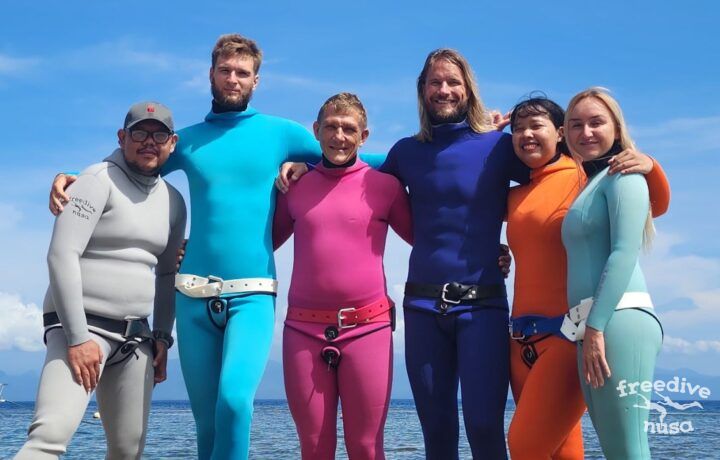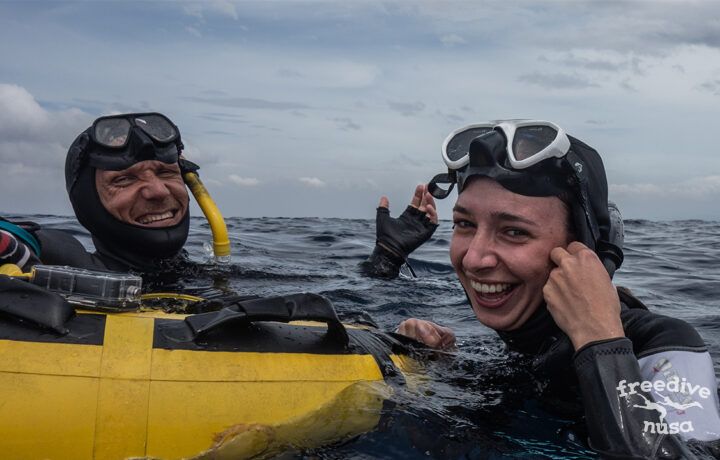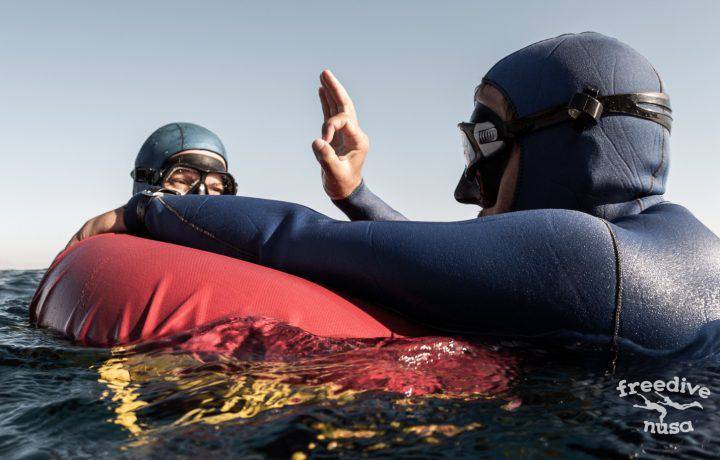Contrary to what the name suggests, freediving requires quite a lot of equipment, and none of it comes free. One of the most important pieces of equipment is a wetsuit. It protects us from cold, sunburns, and jellyfish stings, helps us be more streamlined, and makes us look like superheroes. An ill-fitting, inappropriate wetsuit may significantly reduce the freedom of movement and overall comfort of your dive. If you’re ready to invest in a wetsuit, we’ve got you covered. In this article, we’re going to explain how wetsuits are different, help you understand what thickness wetsuit you need, and provide a temperature guide for wetsuits.
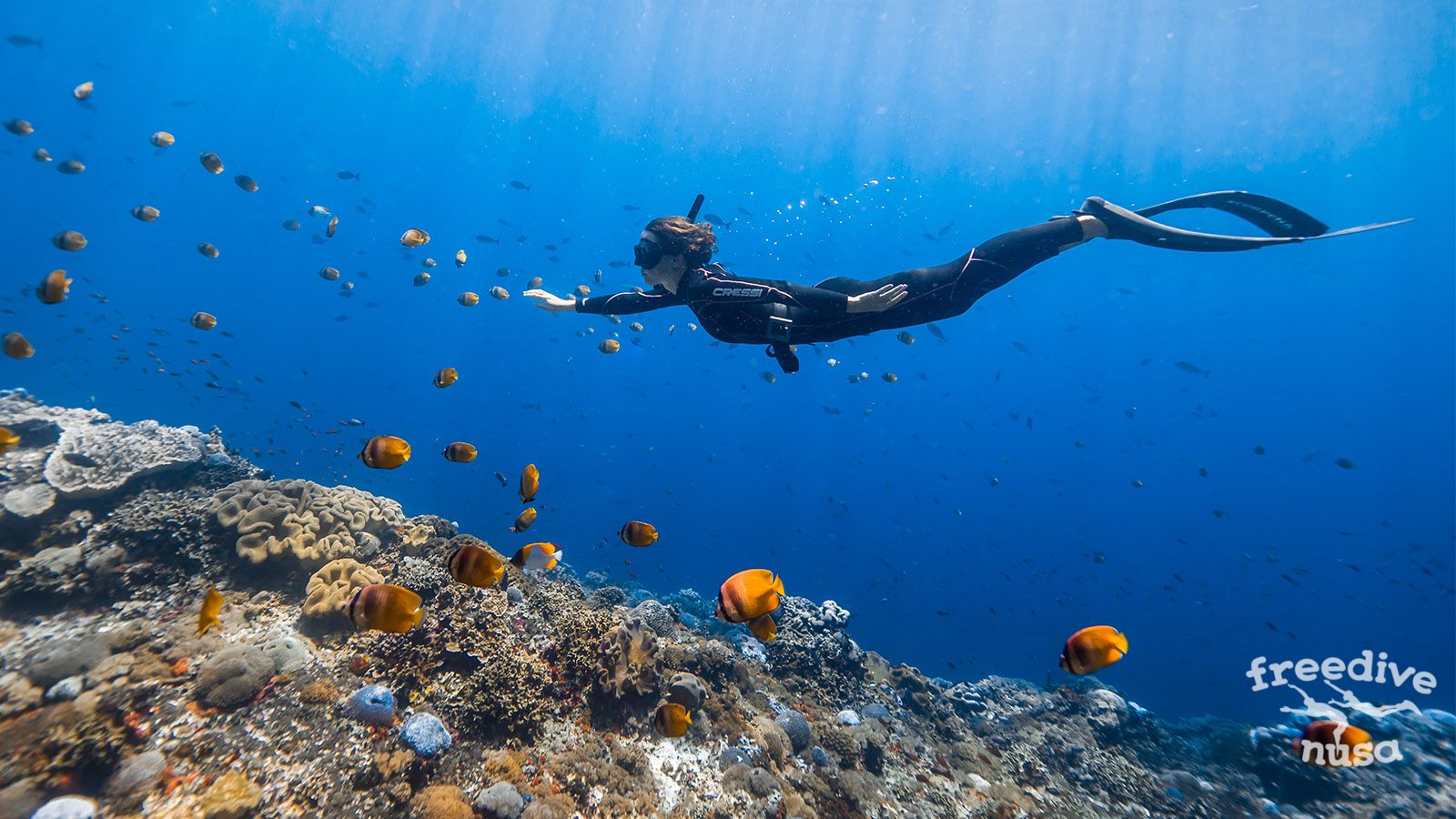
1. The Ultimate Wetsuit: Myth or Reality?
If you’re reading the article in the hope of finding the one wetsuit you could use in the pool, in the sea, in winter and in summer, under ice, and maybe for occasional surfing, we have to disappoint you: this wetsuit doesn’t exist. With some luck and lowered expectations, you can pull it off with a wetsuit for spearfishing or scuba diving — at the expense of comfort. Freediving, diving, spearfishing, surfing, triathlon are all water-related activities, but they’re all different. They involve different types of movement engaging different muscles in different ways and require different material properties and cut. Best wetsuits for scuba diving are not the best for freediving. So when choosing a wetsuit, the first thing you should ask yourself is: what are you going to use it for? We can only help you with freediving, so your question narrows down to: Where are you going to use it? Pool or depth? Cold or warm water? Shallow or deep dives? Competitions, training, taking photos, or teaching? Let’s find out which characteristics you should pay attention to for each of the options.
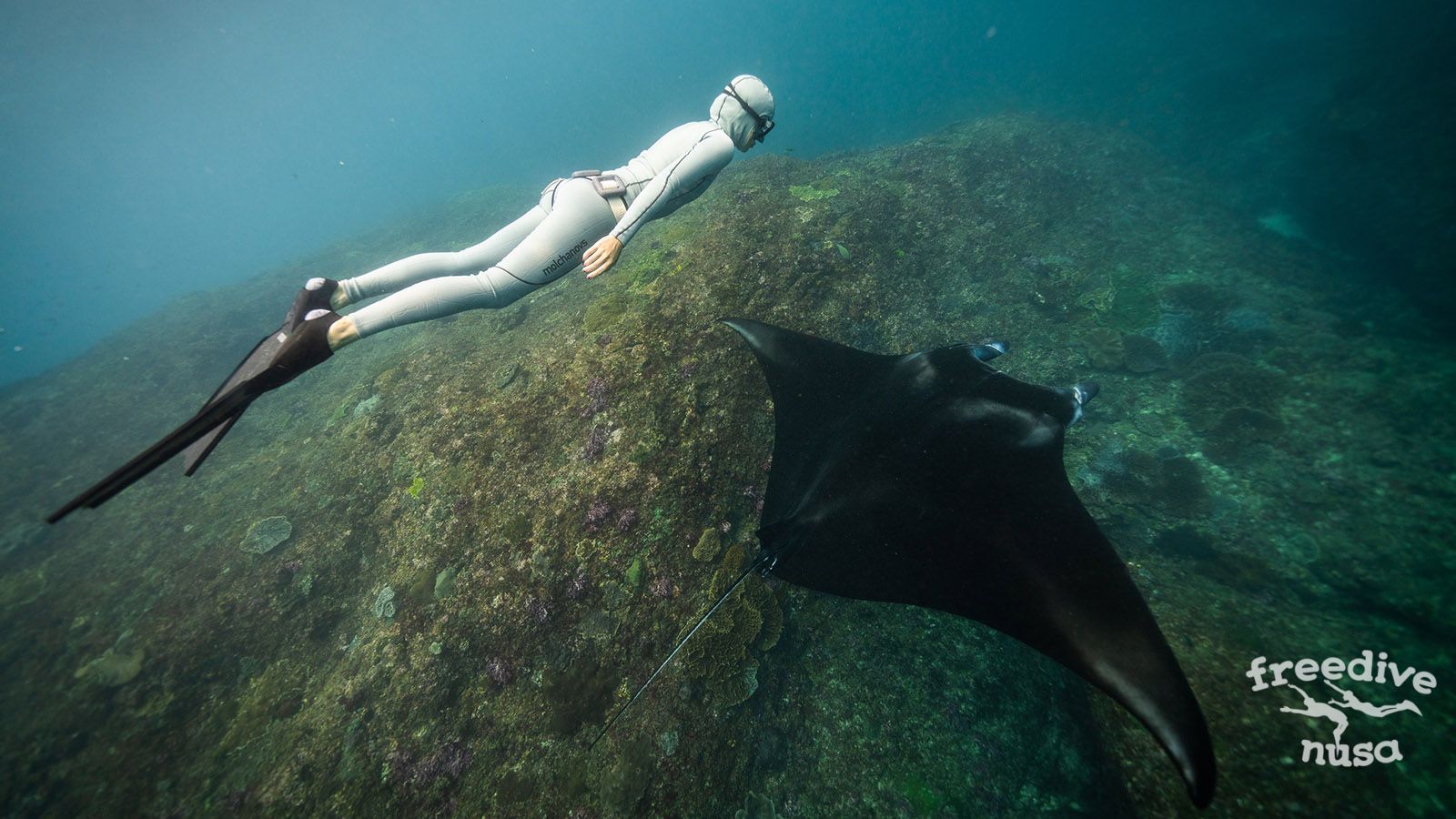
2. One-Piece or Two-Piece?
One-piece wetsuits come with a zip-up back, without a hood and are usually used for pool training or diving in very warm waters above 29 °C. For additional warmth, you can also use a separate hood — we lose a lot of heat from the neck and head area, so a warm head means a warm body. Lucky owners of a mane of long hair will definitely appreciate separate hoods, because hair tends to get everywhere and cause the mask to leak. Best wetsuits for colder water are two-piece models that consist of pants and a jacket. Some diving wetsuits consist of a sleeveless one-piece with a separate long-sleeve jacket. We don’t recommend them: they create a double layer of neoprene in your chest area which freedivers need to be flexible.
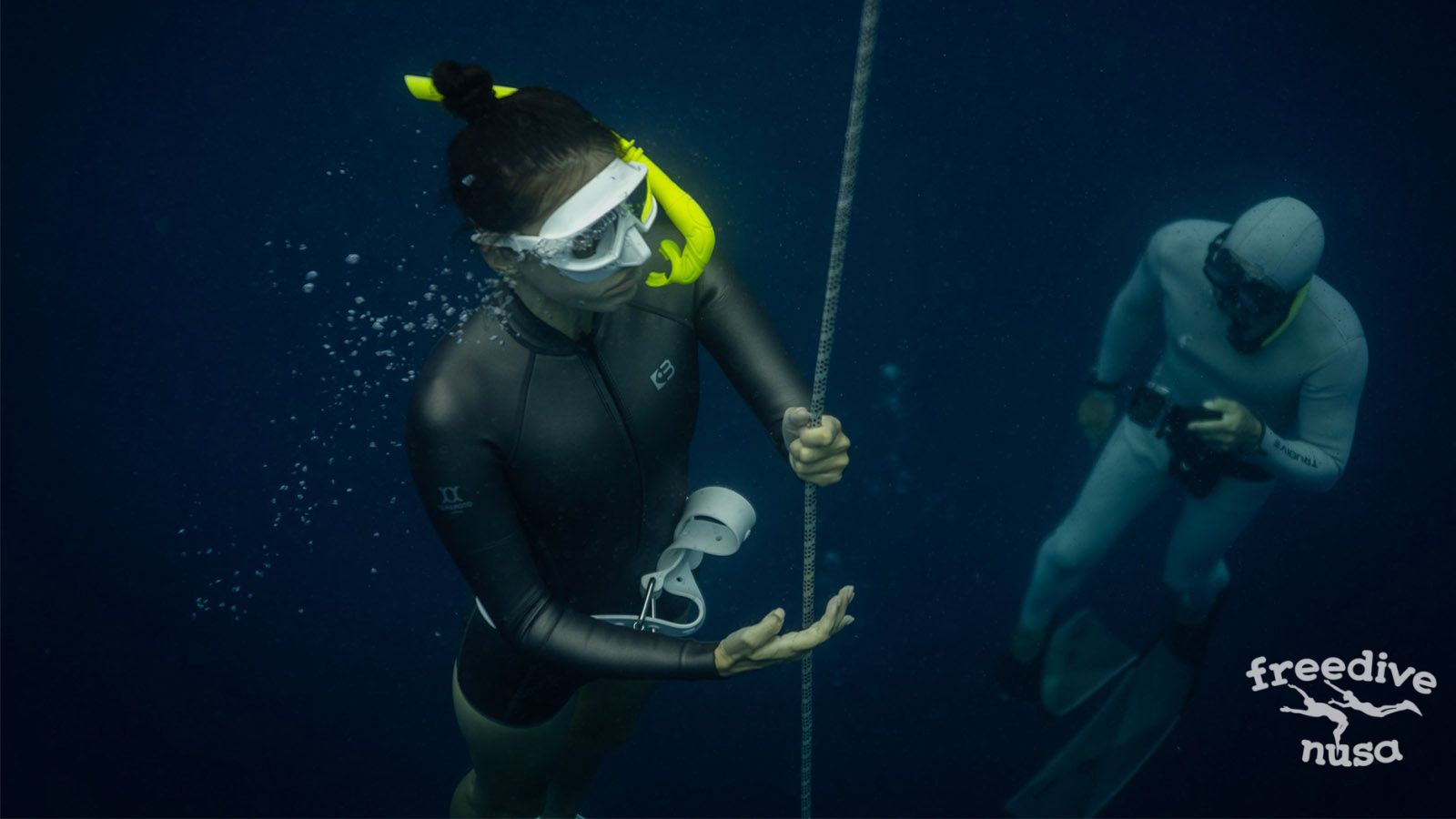
3. The Thick of It
The deeper we dive, the more time we spend on the surface resting. And as water’s thermal conductivity is dozens of times higher than that of air, we get cold much faster — unless we use a proper wetsuit. The thickness of your wetsuit is mostly defined by the temperature of the water you’re going to dive in. If you train in an indoor heated pool, a 1.5-mm neoprene wetsuit with no hood is enough. You might even feel comfortable diving without a wetsuit at all, only wearing a swimsuit. A 2-mm wetsuit will be warm enough for tropical waters above 29 °C with no thermocline. In colder seas, for example, in the Mediterranean outside the peak season, with the water temperature of 24-28 °C, you’ll be comfortable in 3 mm. For any temperatures below that, we recommend choosing a 5-mm wetsuit. For ice diving, you might want the protection of 7 mm of neoprene, but be careful. Thicker wetsuits don’t add much to the time you can spend underwater, but take a lot from comfort, making you feel like a Michelin Man. They’re also more buoyant and require more weights. Before switching to a thicker wetsuit, try putting on a neoprene vest under your wetsuit as well as gloves and socks. And, of course, remember it all depends on the diver’s personal characteristics. Some people tolerate cold much better than others.
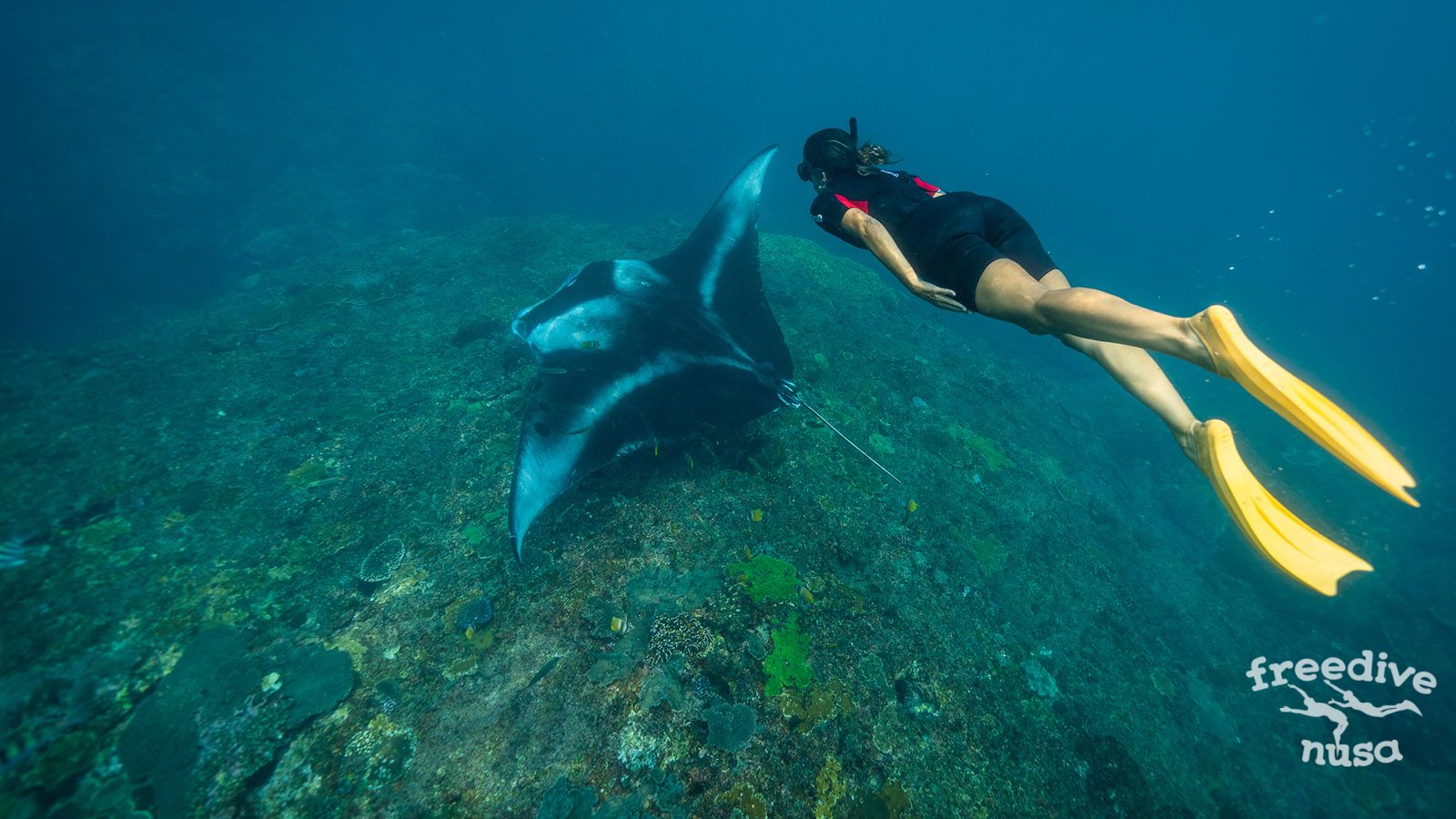
4. Open Cell, Smooth Skin, or Lined
When choosing a wetsuit in any store, the options usually are a smooth skin, open cell, lined, or double-lined one. These are not chemistry terms or a magical incantations but types of a wetsuit’s outer and inner layer. Smooth skin refers to a wetsuit’s outer layer with neoprene cells closed and, as you can deduce from the name, smoothed out. Such wetsuits create less drag and increase hydrodynamics, which makes them a perfect choice for competitions. They are also very fragile and can be easily scratched and torn by nails and any even remotely sharp objects. Sunlight destroys them much faster, too. Open cell is a type of inner layer with tiny neoprene cells left open that create a seal against your body and prevent water from coming between the suit and your skin. This makes them very warm and a great choice for colder water, but at the same time harder to put on. With an open-cell wetsuit, you’ll always require a lubricant (water or soap). They are fragile, too. Open-cell smooth-skin wetsuits with no lining are the warmest and the most delicate. Lined wetsuits are more durable as nylon prevents neoprene from stretching. Lining on the outside protects your wetsuit from sunlight but offers less protection from the wind than a smooth skin wetsuit. Lining on the inside makes the wetsuit much easier to put on, but allows more water in, so the freediver gets cold faster. Double-lined wetsuits with neoprene in between are the most durable and easiest to put on.
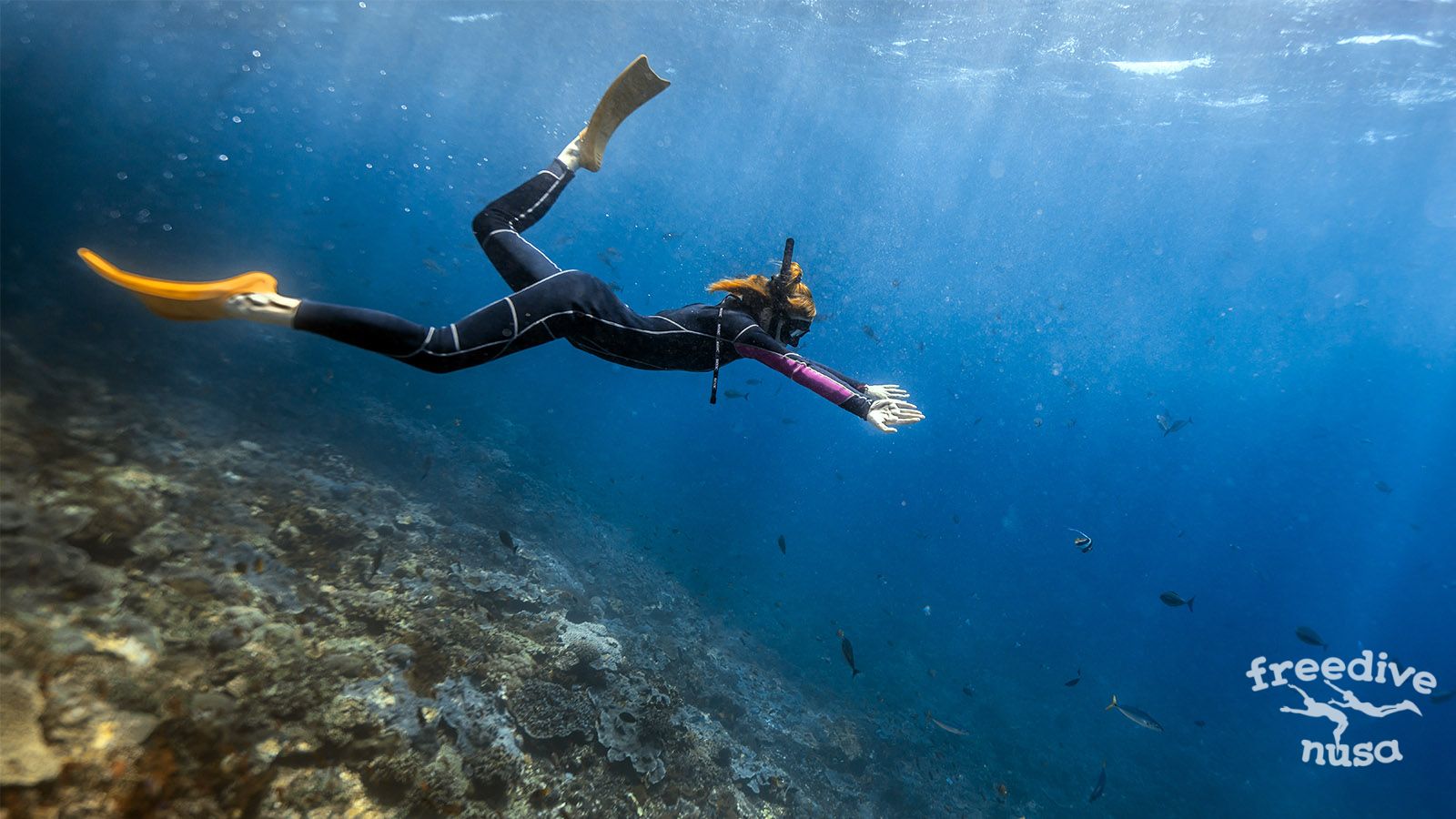
5. Standard Size or Custom-Made?
Most companies sell ready-made wetsuits in standard sizes as well as custom-made ones tailored specifically to your measurements. The second option is much more comfortable and, naturally, more expensive. If you believe a standard size might fit, be sure to check the tables with measurements on the website and compare them against your own. Keep in mind the idea of a standard body can be very different in different countries. An S-size European might be a full L in Asia. The same goes for height, arm and leg length, and other parameters. If in doubt, the wetsuit manufacturers are usually happy to help. And if you’re going to spend a lot of time in your wetsuit, for example, teaching or preparing for competitions, we recommend spending a little extra on a tailor-made suit for extra comfort. Also note wetsuits for men and women are different!
Haven’t chosen your own wetsuit yet? No worries.
All our courses and trips include full gear rental, so you’ll have everything you need to dive comfortably from day one.
Just bring yourself — we’ve got the rest covered.
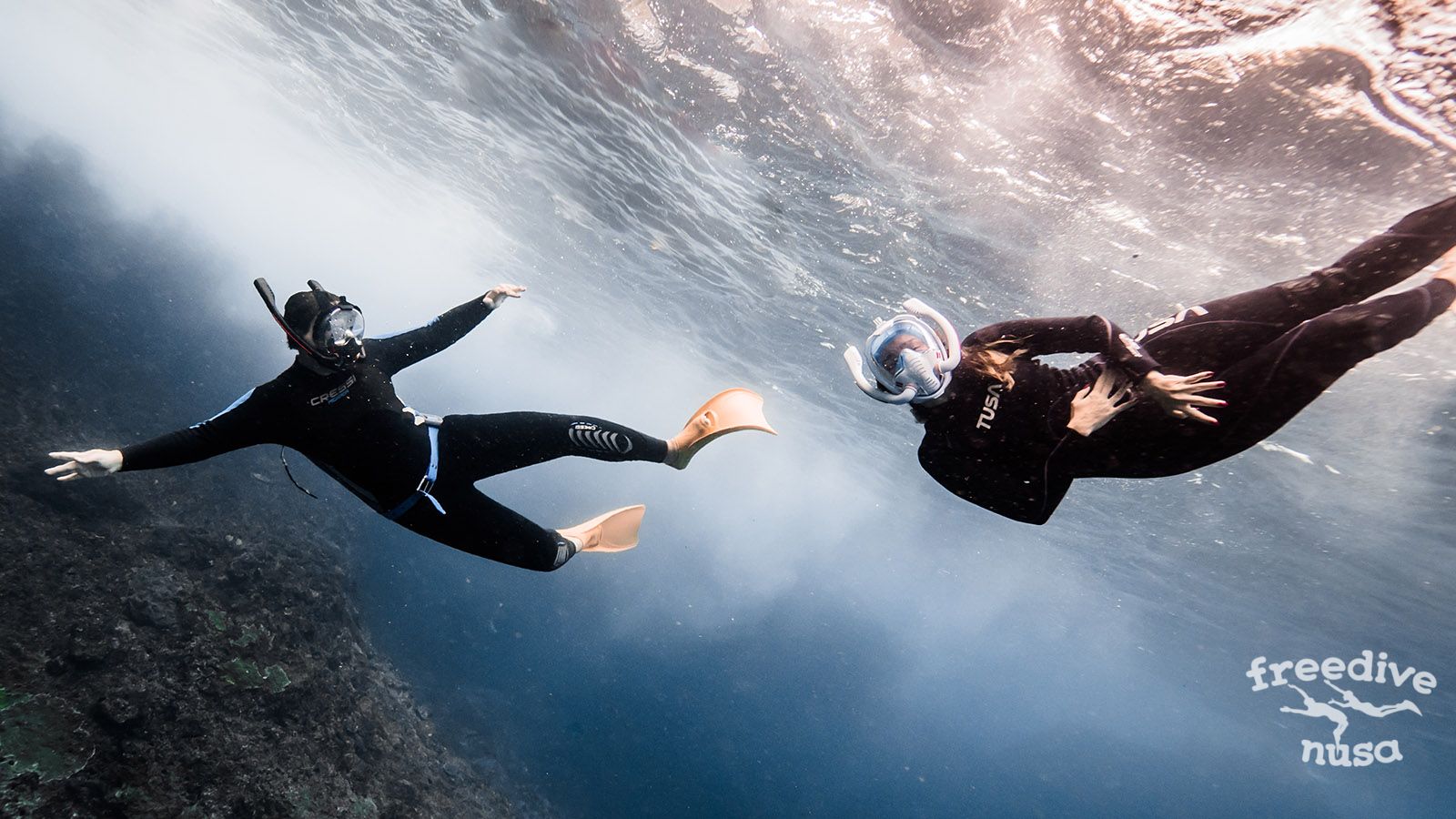
6. Wear, Tear, and Care
When putting on an open cell wetsuit, use a lubricant such as soap or water. Lined suits are more durable but still require tenderness. We rely on wetsuits to protect us from sun, but, ironically, UV light is detrimental for neoprene. So never leave it to dry in direct sunlight, and if you use a smooth skin wetsuit for a long periods of time under sun, consider putting on a rashguard on top. Even more ironically, wetsuits, which we use in the sea and the pool, don’t like sea or chlorinated water. So rinse them in fresh water thoroughly every time after use to remove sand, salt, or traces of chlorine. If fresh water isn’t available, don’t let your wetsuit dry: keep it in a dry bag with some sea water inside all the time until you get the opportunity to rinse it. Don’t use hot water. Turn it inside out and make sure it’s dry on both sides before putting it away for storage.
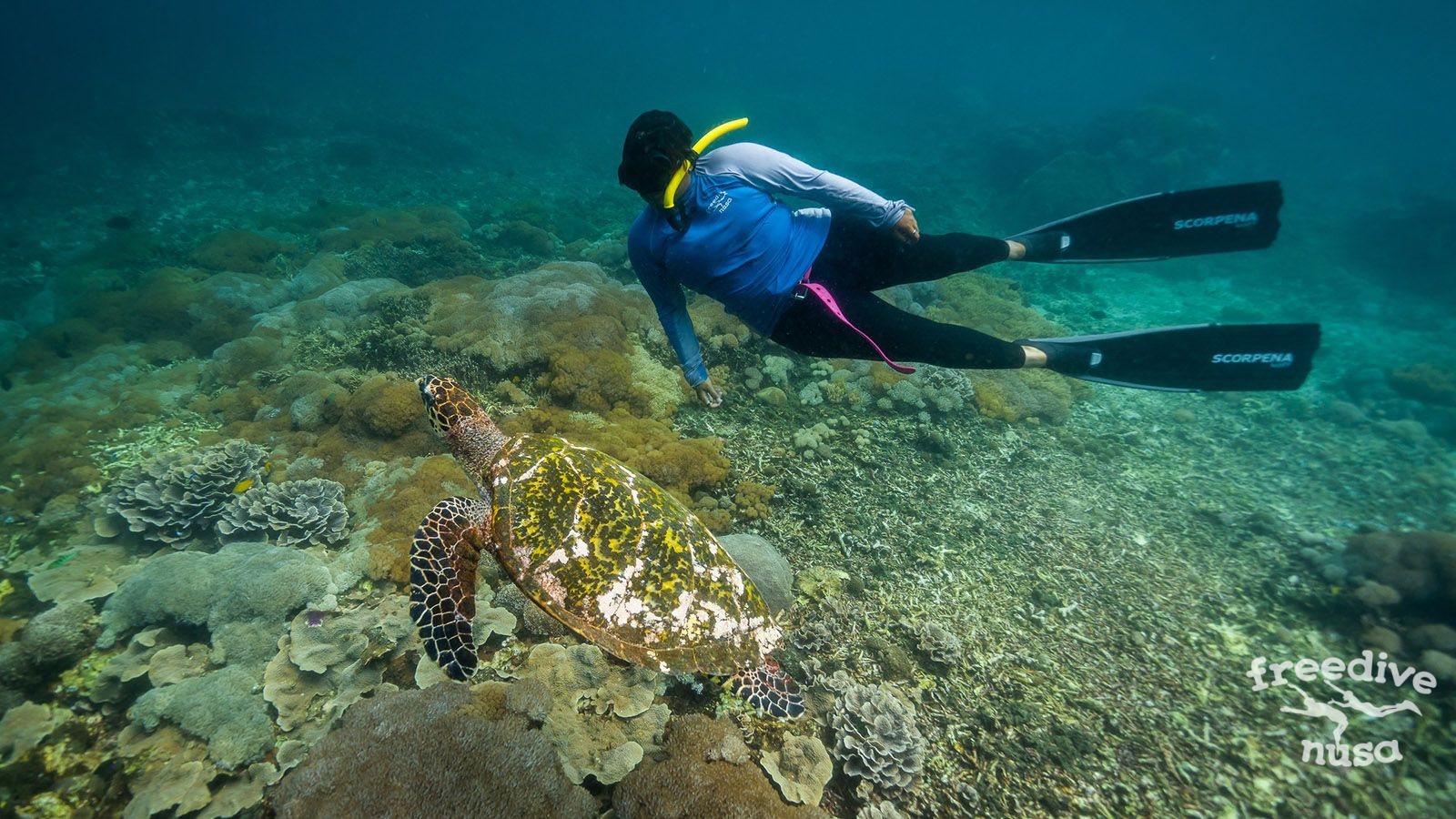
7. Neoprene Types
There are different types of neoprene with different characteristics such as buoyancy, durability, tolerance to depths, and compressibility. Which is why it’s better to use wetsuits specifically intended for freediving. A wetsuit for triathlon swimming might work fine on the surface but hasn’t been tested for depths, and chances are that frequent exposure to increased pressure will finish it off quickly. A classic among freedivers is Yamamoto 45: this neoprene type is buoyant on the surface and compresses well at depths, ensuring a swift and smooth freefall.
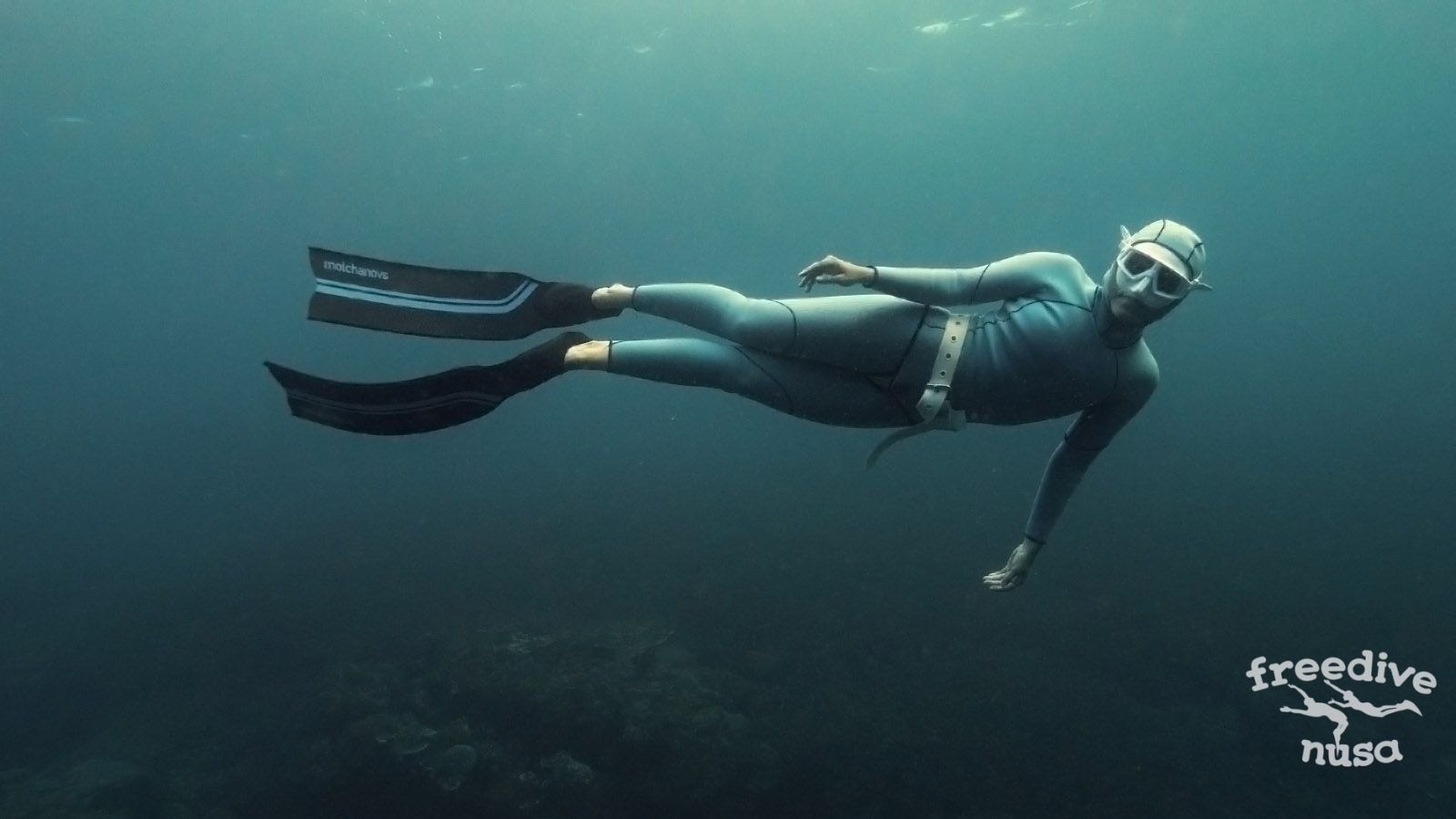
The more you’ll dive, the better you’ll understand which wetsuit you need. Also, the more you’ll dive, the more different wetsuits for different conditions you’ll need. So don’t be surprised if one day you’ll find all of the options listed above in your wardrobe!
Get Your Wetsuit for Personal Training Tools!
Our entire Freedive Nusa Team wears Trudive wetsuits — and we love them!
The neoprene is soft, flexible, and double-sided.
We want you to fall in love with it as well, so you can order Trudive suits through us.
Simply send us a message and we will provide you with details.

